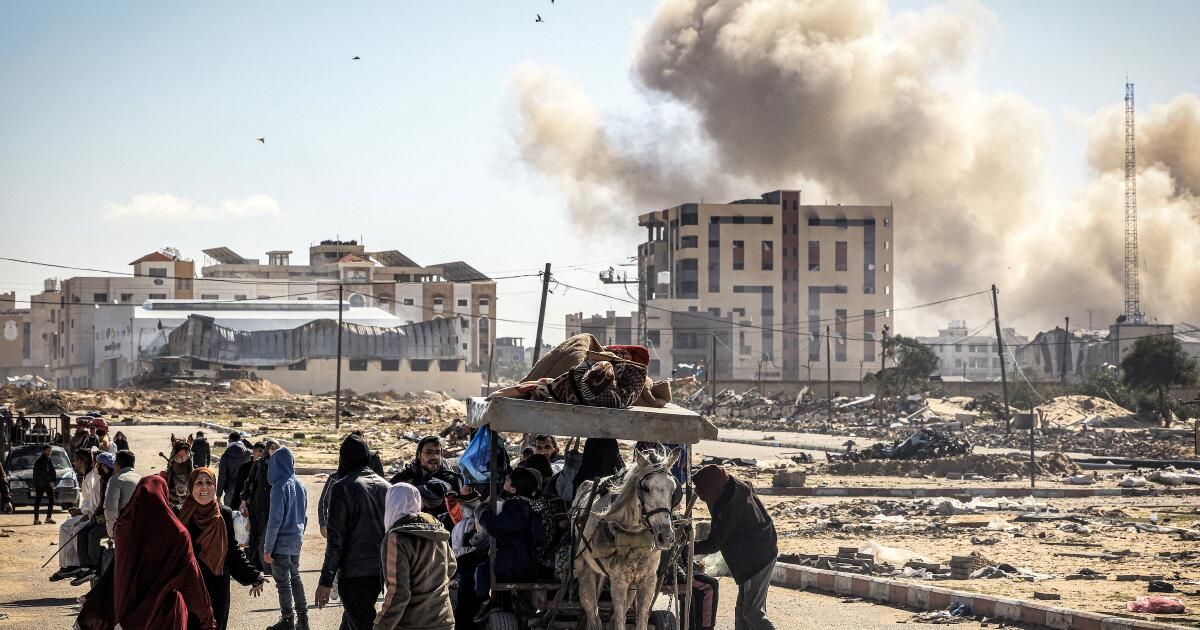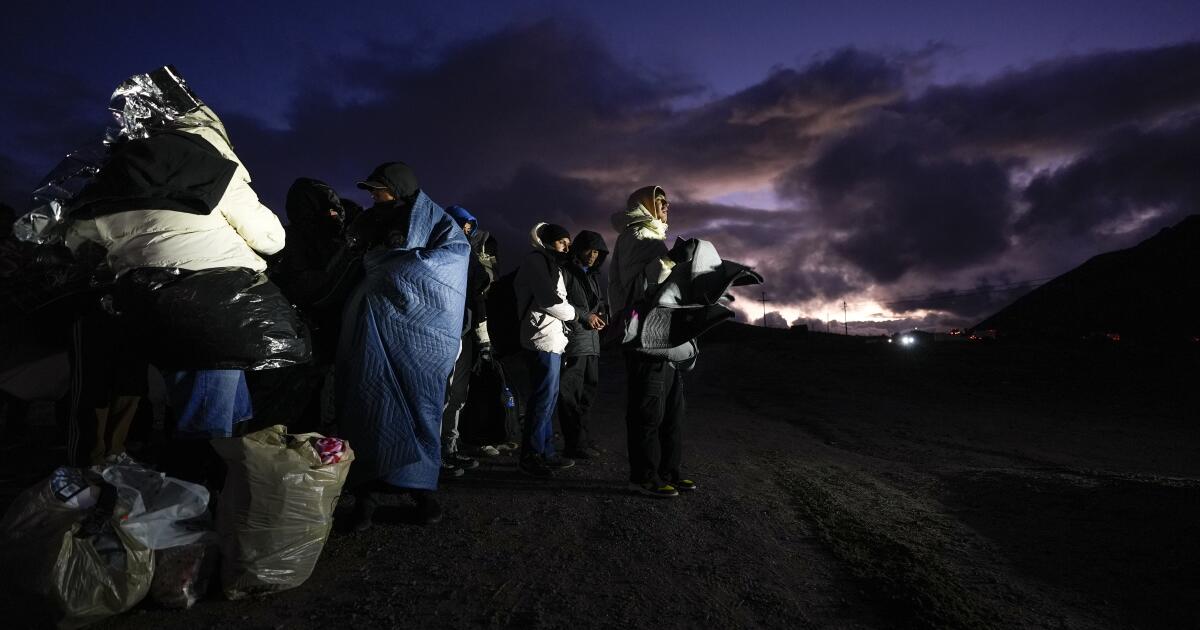Within weeks, Israel could conclude its ground offensive in southern Gaza. In Western capitals there is already talk of the “day after”: what will be necessary to rebuild Gaza. Meanwhile, Iran will focus on rebuilding Hamas and preparing for the next war. If Israel and its allies are to prevent a repeat of the October 7 attack, they must counter Tehran.
The United States and Israel have faced this scenario before. In July 2006, the Lebanon-based terrorist group Hezbollah, Iran's favored proxy, attacked Israel in an operation that bore a miniature resemblance to the one on October 7 (including the kidnapping of two Israeli soldiers). Jerusalem's response left Hezbollah's capabilities severely degraded, but the group still touted its survival as a “divine victory.”
In retrospect, Hezbollah may have been right. It is now stronger than before 2006 and is Attack Israel again. Hamas networks in the West Bank, Lebanon and even Gaza could follow a similar trajectory even if Israel manages to dismantle the leadership in Gaza.
As Hezbollah's daily rocket attacks on Israel make clear, the group is large enough and well-armed enough to do real damage despite being decimated eight years ago. This recovery was made possible in part by the weak implementation of United Nations sanctions and the weakness of Hezbollah's internal rivals. But equally decisive was the investment from Iran, which supports many groups across the Middle East, including those accused by the United States of killing American service members in Jordan on Sunday. After 2006, Tehran's commitment to rebuilding its devastated Hezbollah group proved far stronger than the West's will to resist.
Hamas is not Hezbollah. While the latter is virtually an arm of Iran's Islamic Revolutionary Guard Corps, the relationship between Iran and Hamas has been much more unstable. However, over the past decade, Iran's support has also been decisive for Hamas. Tehran has provided financial support to the terrorist group: between $70 million and $120 million a year, through the ups and downs of Western-led sanctions against Iran. Tehran's technical and training support has transformed Hamas from a ragtag militia known for its suicide bombings to a well-trained terrorist army with a wide range of missilesworld class tunnels and decentralized leadership outside Gaza.
For Iran, the investment was a bargain. Hezbollah is apparently reserved to deter American or Israeli attacks against Iran itself. Hamas, on the other hand, is expendable but deadly. And after Hamas's “success” on October 7, the group's strategic value to Tehran will only increase: Hamas has forced Israel to spend resources where it would prefer not to, has isolated Israel on the global stage, and can still drive a wedge between the two main adversaries, Washington and Jerusalem.
If it were possible to completely destroy the Hamas we know today, Iran would find other extremists to fly its flag and then finance and equip them. Iran will also be on the lookout for Palestinians brave enough to stand up for peace; Tehran will try to kill them and maintain the chaos that is proving costly for Israel. For the United States and Israel, breaking free from Hamas would mean not only defeating the group itself, but also thwarting Iranian efforts to revive or replicate it.
Achieving this will require working in two ways. The first must focus on disrupting the flow of funds and weapons from Iran to the West Bank and Gaza. Tehran has been allowed too much leeway in sending weapons and funds to its proxies. Without significant reaction, Iran-backed Houthi extremists effectively disrupted global shipping by denying freedom of navigation through a crucial strait. Iran's supply lines to its allies (by land, sea and air) must be cut.
Furthermore, efforts to block Iran's financial support to its proxies should focus on Tehran's reliance on transferring funds outside the formal financial system. Recent US and Israeli The actions have done just that, but because this type of law enforcement has been sporadic, a lot of money still finds its way to terrorist groups. TO concerted and coordinated effort It is necessary to focus on these money transfers.
The second path must focus on preventing Gaza from going the way of Lebanon and Syria, where power vacuums allowed Iran to gain influence. Ultimately, the most formidable obstacle to Hamas's resurgence will be the establishment of a legitimate Palestinian security force in the West Bank and Gaza to which Arab states and the West can direct aid and support. This underscores a key conundrum for Jerusalem: as the military withdraws from Gaza, Israel may be reluctant to support the creation of any Palestinian authority in the strip. However, the longer it waits to do so, the more room it will give Iran to fill the resulting void with a rebuilt Hamas or entirely new groups under Tehran's leadership.
Hamas officials have warned that they will repeat the October 7 attacks. and again. Left to his own devices, Iran will ensure he is able to do so.
Michael Singh is director of the Glazer Program on Great Power Competition and the Middle East at the Washington Institute for Near East Policy. Matthew Levitt is the director of the institute's Reinhard Program on Counterterrorism and Intelligence.












